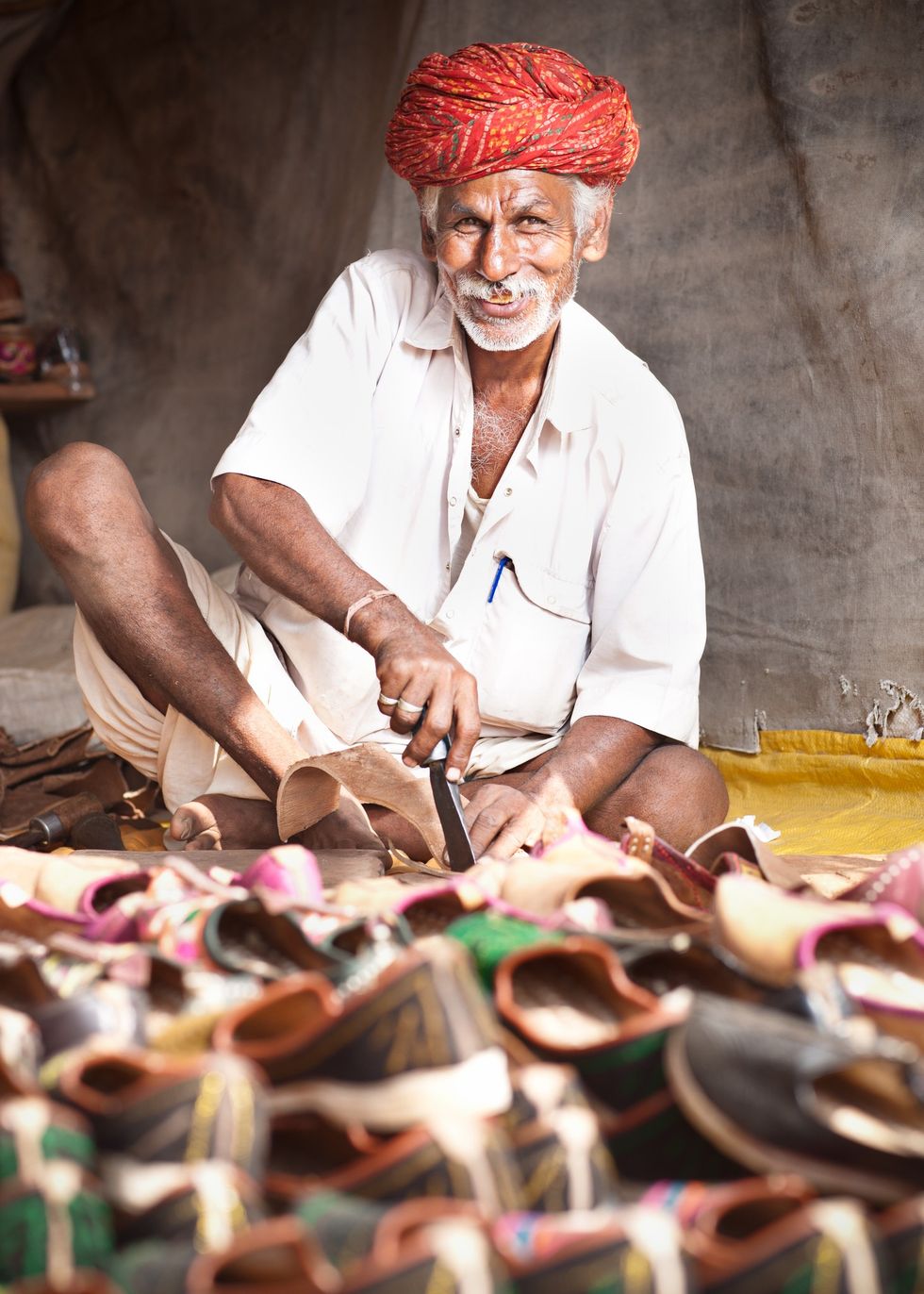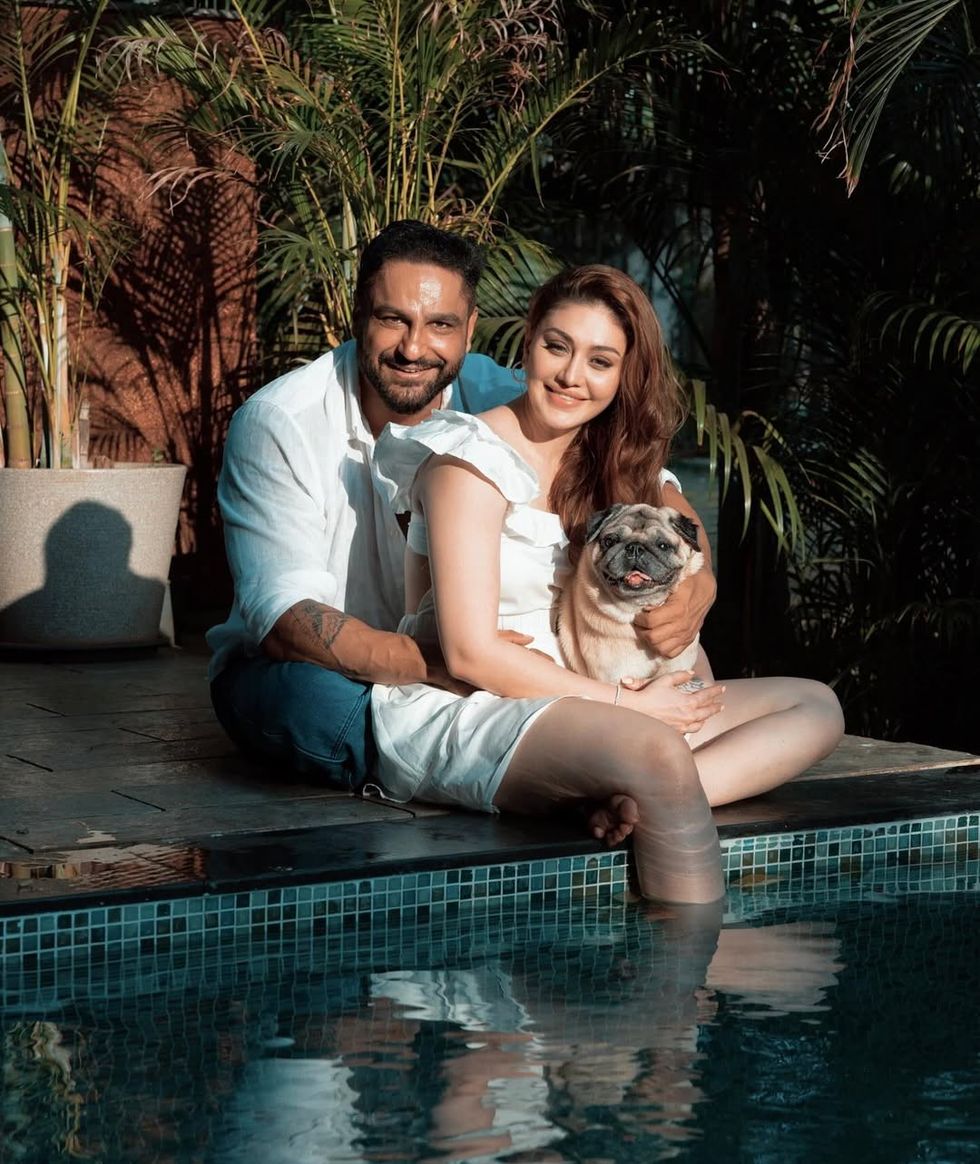US president-elect Donald Trump aims to make loyalist Kash Patel the next director of the Federal Bureau of Investigation, he said, in a move that would mean replacing the agency's current leader.
Trump announced the former advisor and Pentagon official, who has been critical of the bureau and is known for his controversial views on a so-called government "deep state," as his choice for the post on his Truth Social network.
The FBI's current director, Christopher Wray, was appointed to a 10-year term in 2017, meaning he would either need to step down or be fired.
The FBI under Wray -- who Trump appointed -- has investigated the incoming president, sparking Trump's ire.
"Kash is a brilliant lawyer, investigator and 'America First' fighter who has spent his career exposing corruption, defending Justice, and protecting the American People," Trump wrote on Truth Social.
A fierce defender of the incoming president, Patel supports the Republican hardliner notion of an anti-Trump "deep state" of allegedly biased government bureaucrats working to stifle Trump from behind the scenes, even having written a book on the subject.
"Kash did an incredible job during my First Term," Trump said, adding that the nominee would work to "end the growing crime epidemic in America, dismantle the migrant criminal gangs, and stop the evil scourge of human and drug trafficking across the Border."
Wray was tapped by Trump during his first term, replacing an acting director after Trump fired former FBI director James Comey.
Comey had angered Trump with an FBI investigation into the president's extensive ties to Russia.
The FBI under Wray went on to investigate Trump himself -- searching his Mar-a-Lago estate in 2022 for illegally retained top secret documents.
Son of Indian immigrants
Patel served in several high-level posts during Trump's first term including as a national security advisor and as chief of staff to the acting defense secretary.
New York-born Patel has his roots in Gujarat. However, his parents are from East Africa – mother from Tanzania and father from Uganda. They came to the US from Canada in 1970.
"We are Gujarati," he said in an earlier interview before he joined the White House.
His family moved to Queens in New York – which is often called as Little India - in late 70s. It is there Patel was born and brought up.
After his schooling in New York and college in Richmond, Virginia, and law school in New York, Patel went to Florida where he was a state public defender for four years and then federal public defender for another four years.
"So, lots of trials, lots of international investigations, lots of time in court, understanding the federal system and trying cases and learning how to run investigations," he said.
From Florida, he moved to Washington DC as a terrorism prosecutor at the Department of Justice. There he was an international terrorism prosecutor for about three and a half years. During this period, he worked on cases all over the world.
While, still employed by the Department of Justice, he went as a civilian to join Special Operations Command at the Department of Defense.
At the Pentagon, he sat as the Department of Justice's lawyer with Special Forces people and worked inter-agency collaborative targeting operations around the world.
"So basically, bringing in all aspects of American enforcement military, FBI and CIA all put in all place and targeting terrorists abroad and here, collecting information in one spot and figuring out what the best option for the US," he said.
After a year in this sensitive position, Congressman Davin Nunes, Chairman of the House Permanent Select on Intelligence Committee pulled him as senior counsel on counter-terrorism.
After the elections, since April 2017, he spearheaded the Russia investigation of the House Intelligence Committee.
Patel is a big Ice hockey fan, which he has been playing since he was six.
(with inputs from AFP)

















 Prada confirms Kolhapuri chappals inspired its 2026 Milan collectionInstagram/
Prada confirms Kolhapuri chappals inspired its 2026 Milan collectionInstagram/ Kolhapuri chappals have been crafted for centuries and received GI tag in 2019 iStock
Kolhapuri chappals have been crafted for centuries and received GI tag in 2019 iStock 
 Shefali Jariwala dies at 42 after cardiac arrest, industry mourns Kaanta Laga starInstagram/
Shefali Jariwala dies at 42 after cardiac arrest, industry mourns Kaanta Laga starInstagram/ Shefali Jariwala was married to actor Parag Tyagi,Instagram/
Shefali Jariwala was married to actor Parag Tyagi,Instagram/